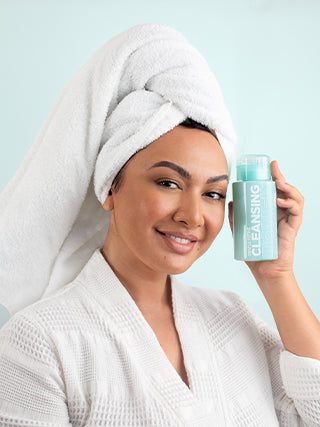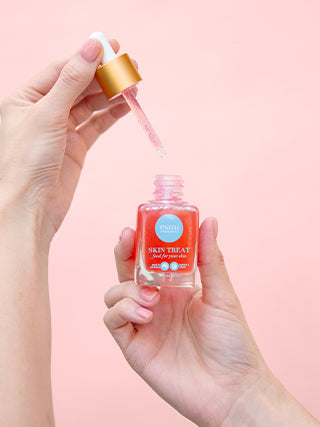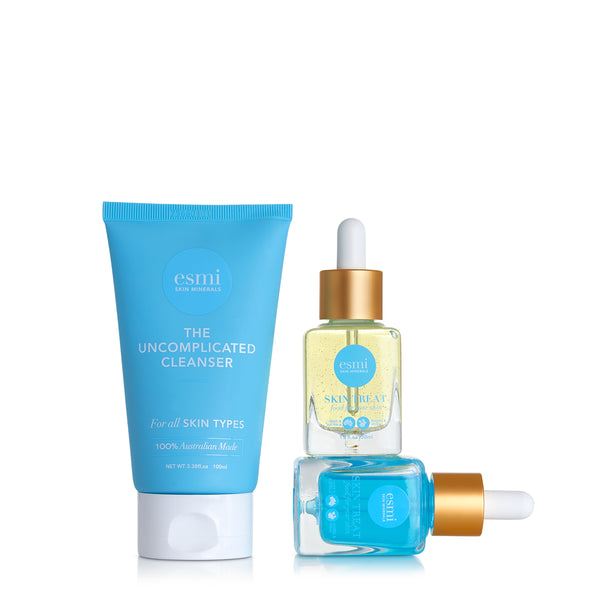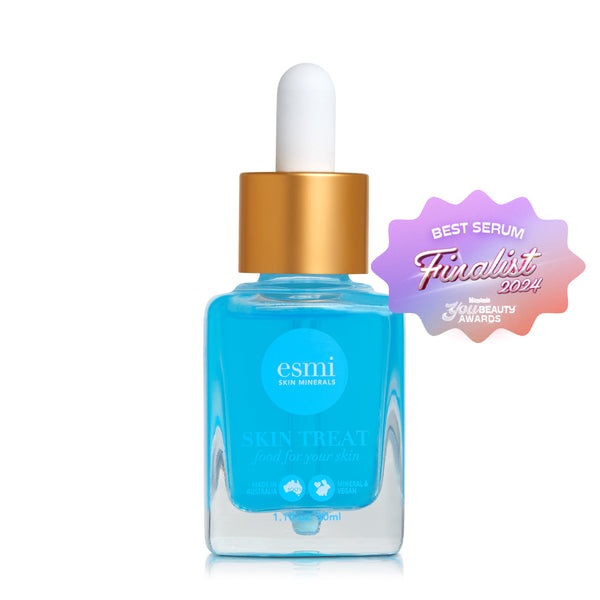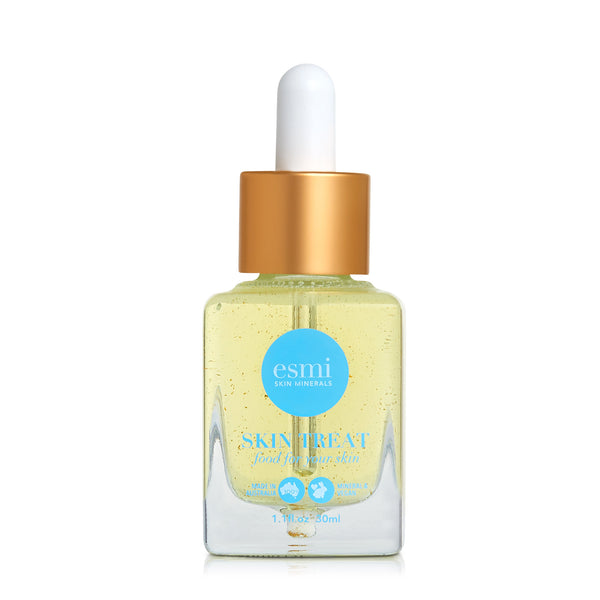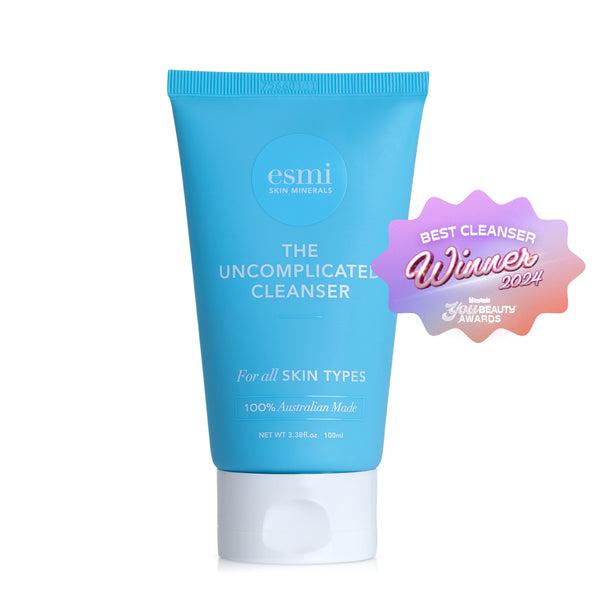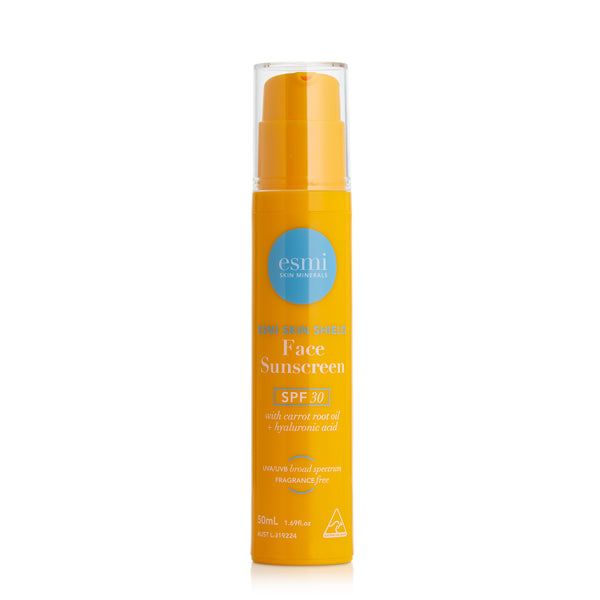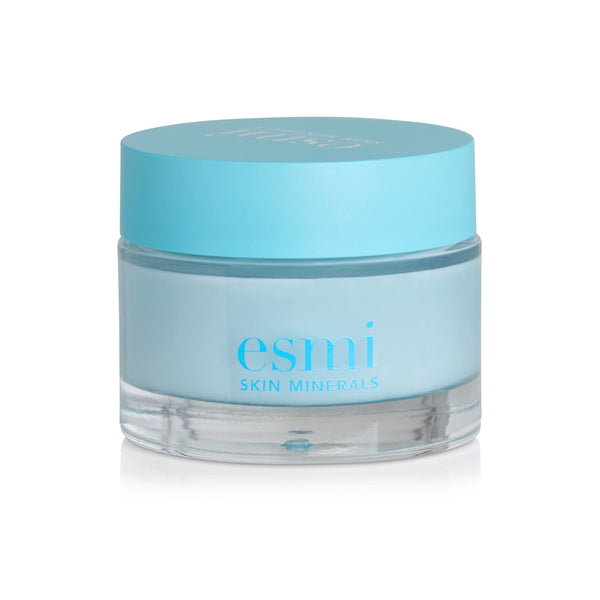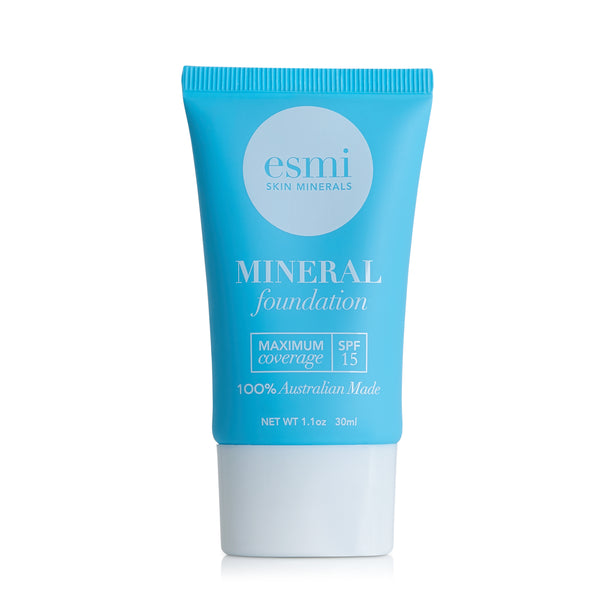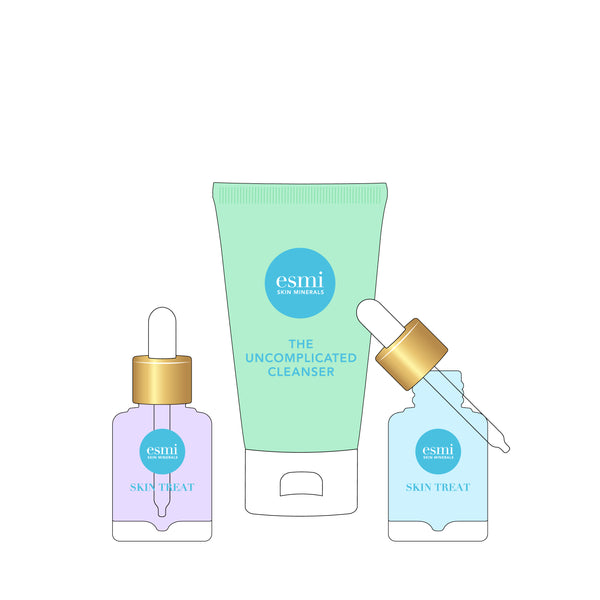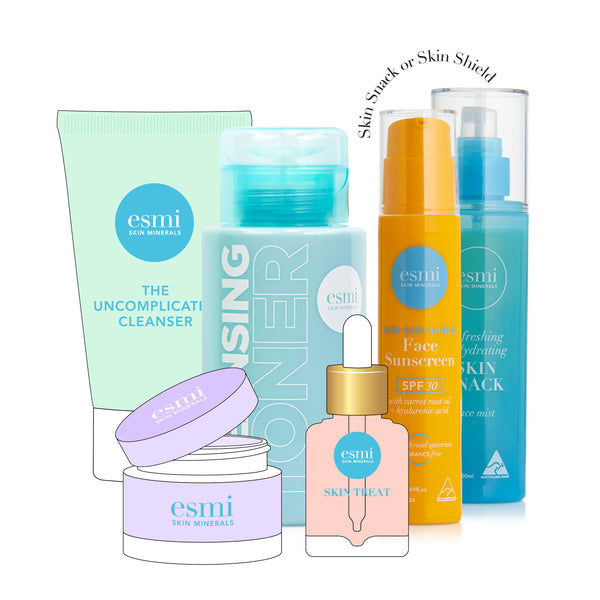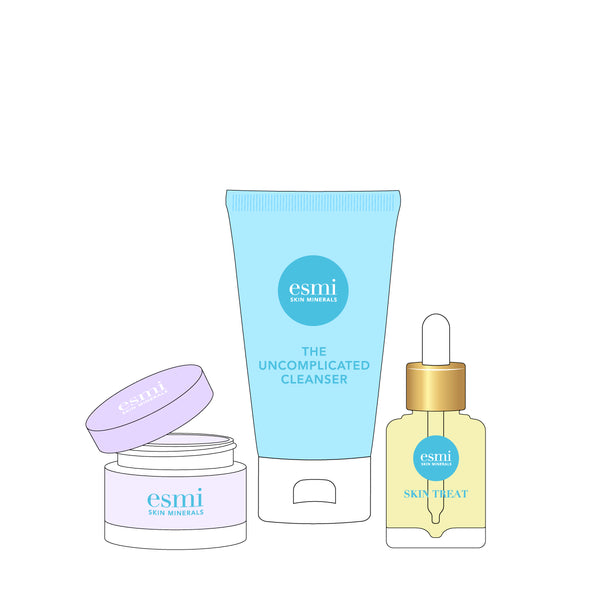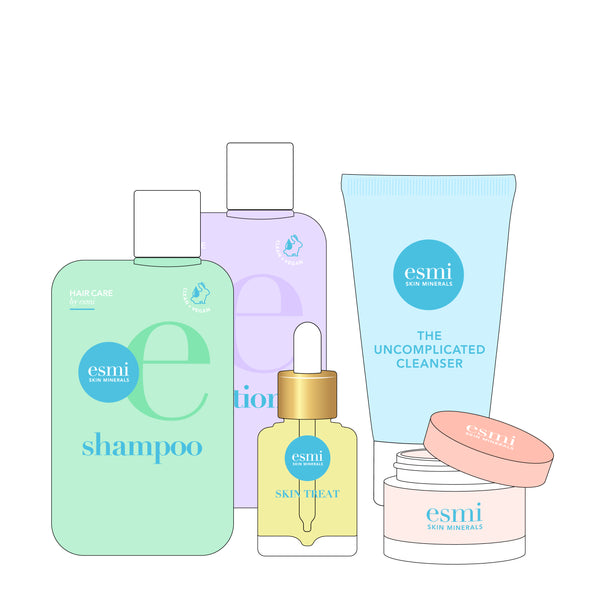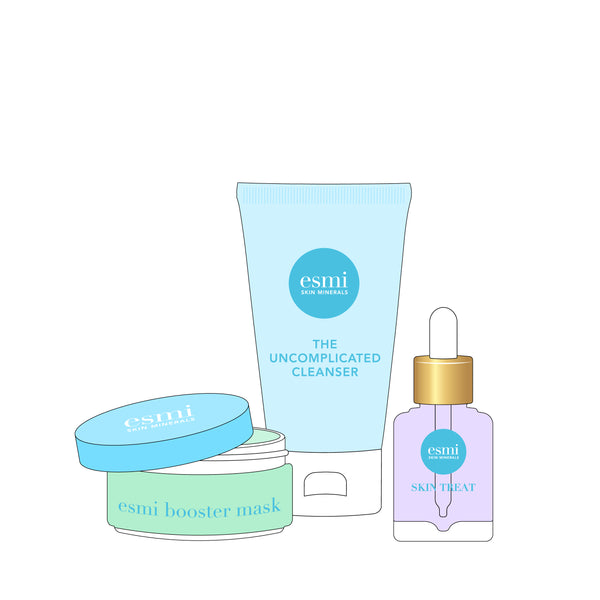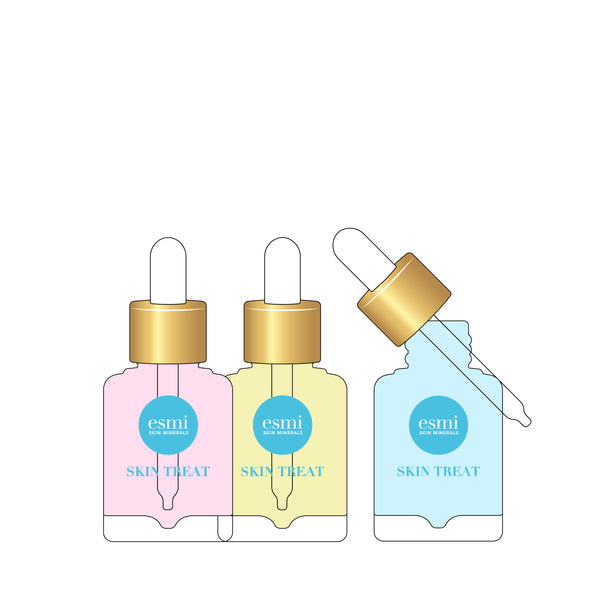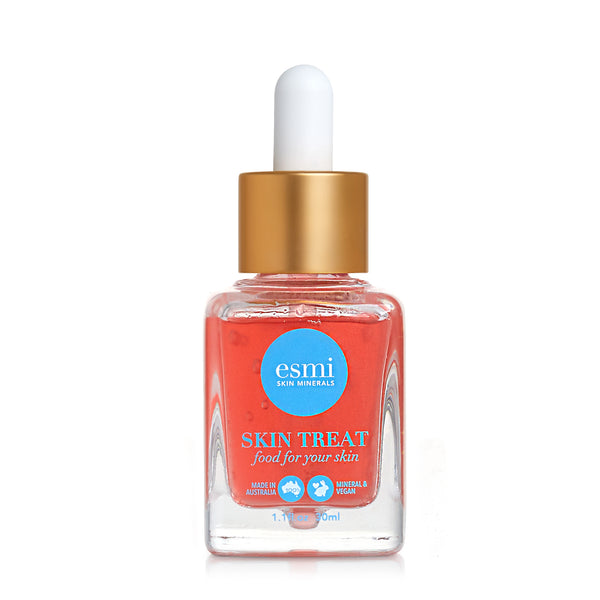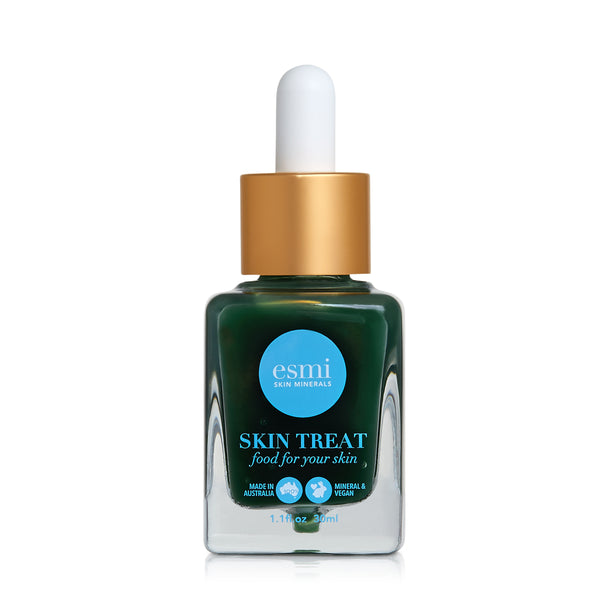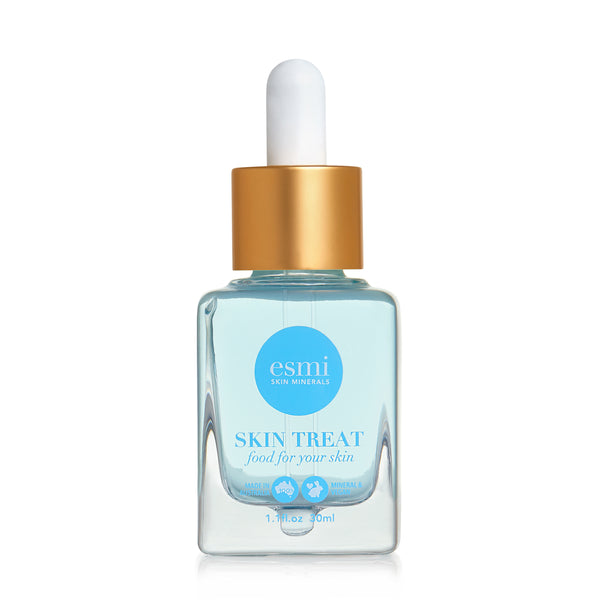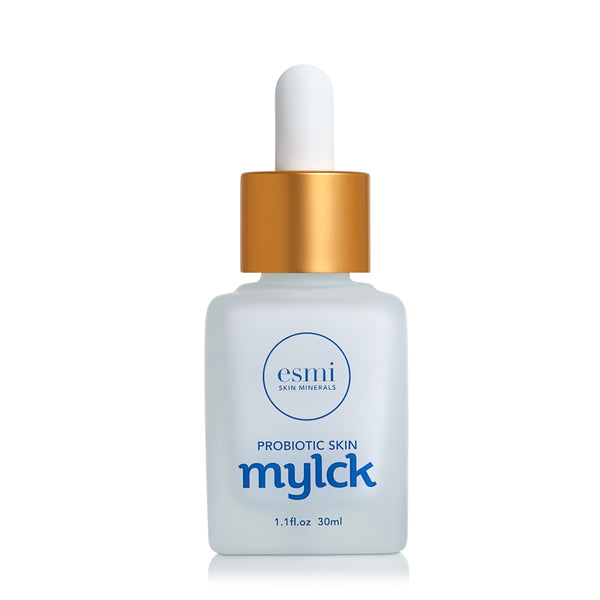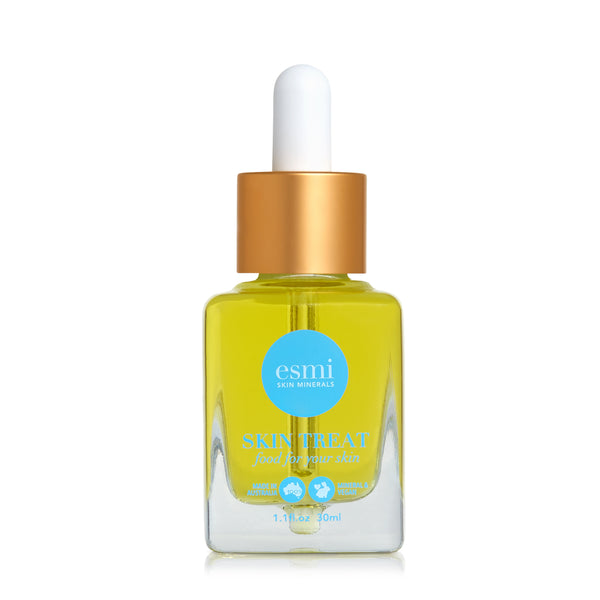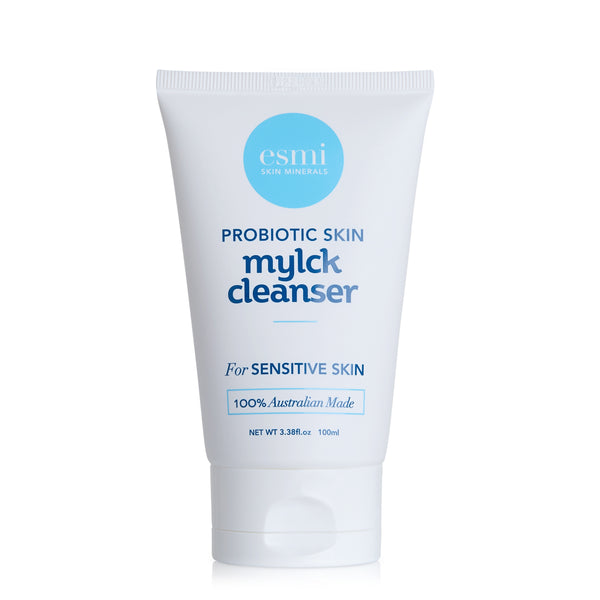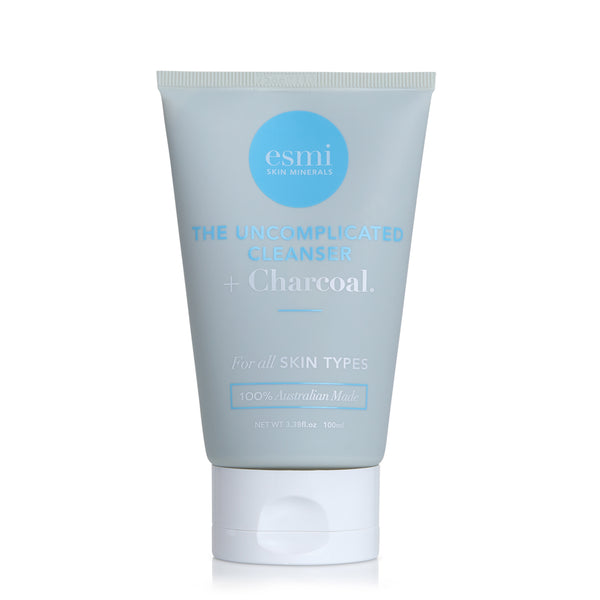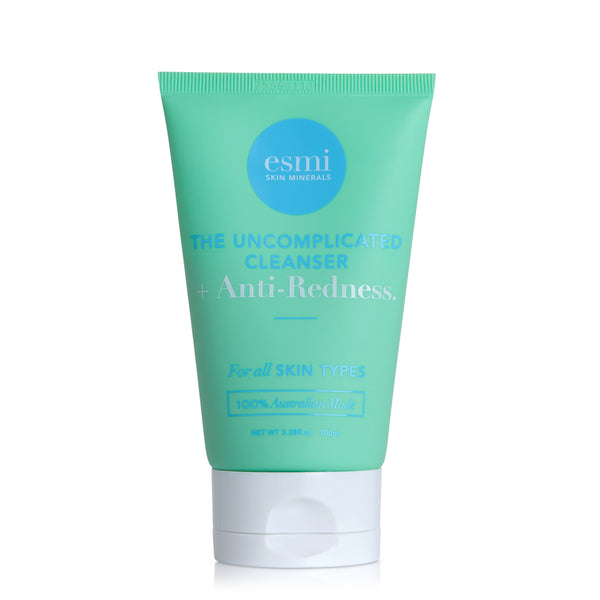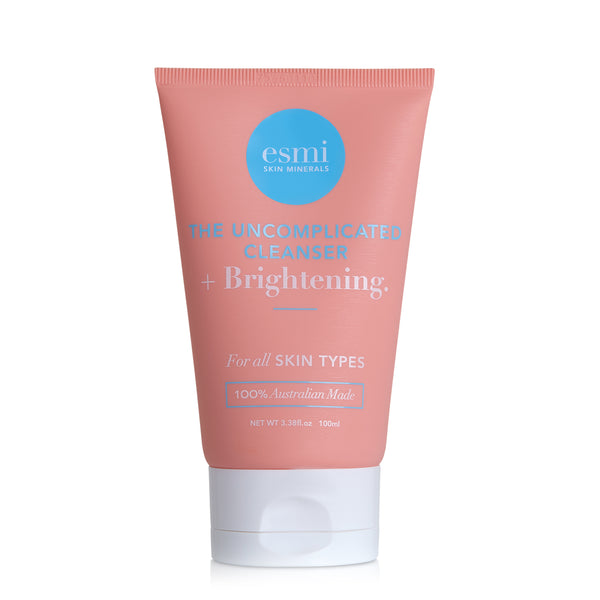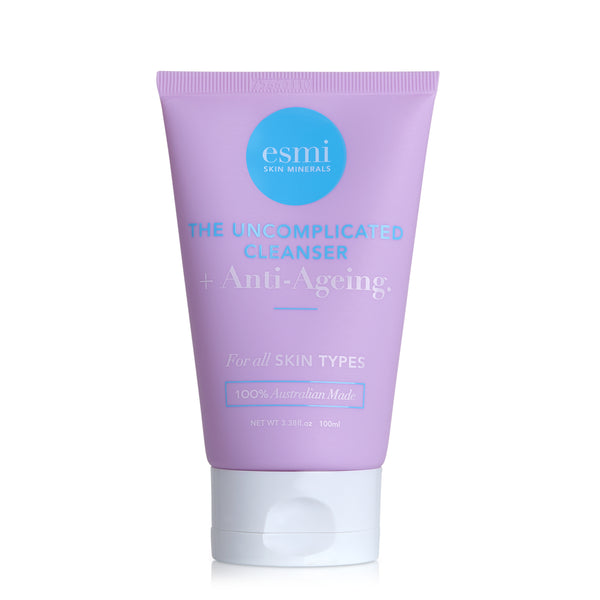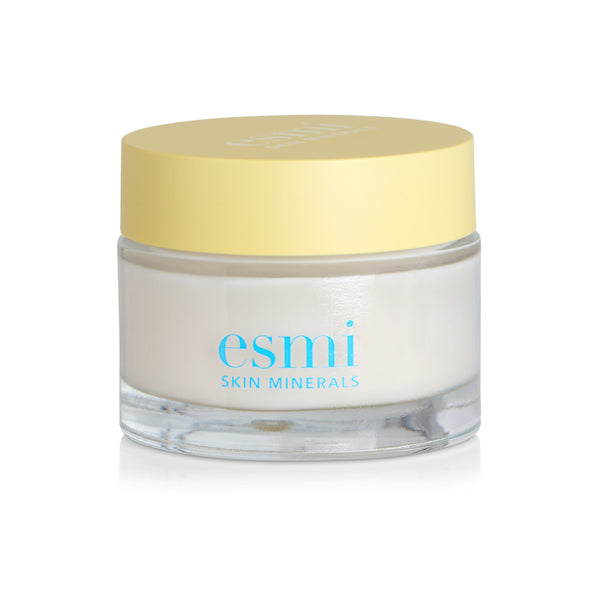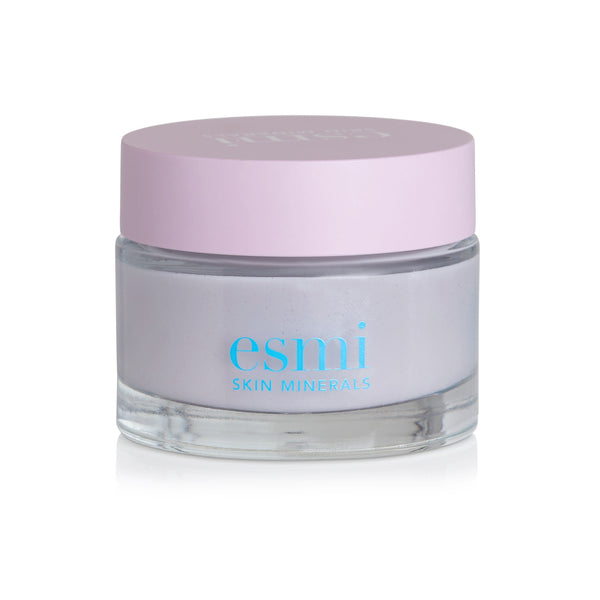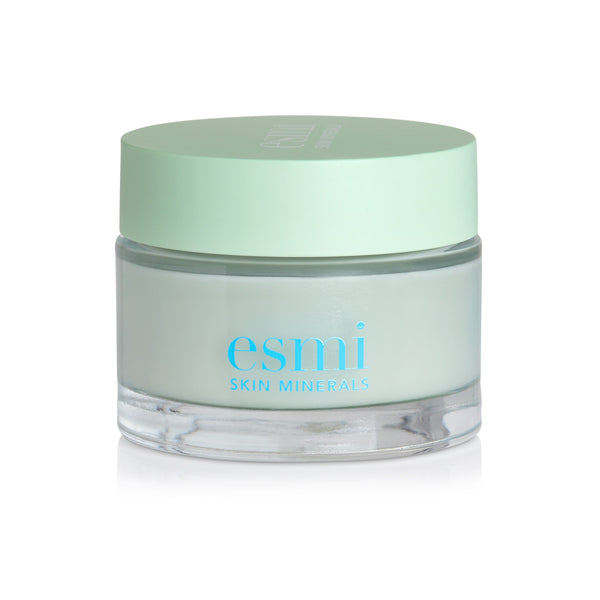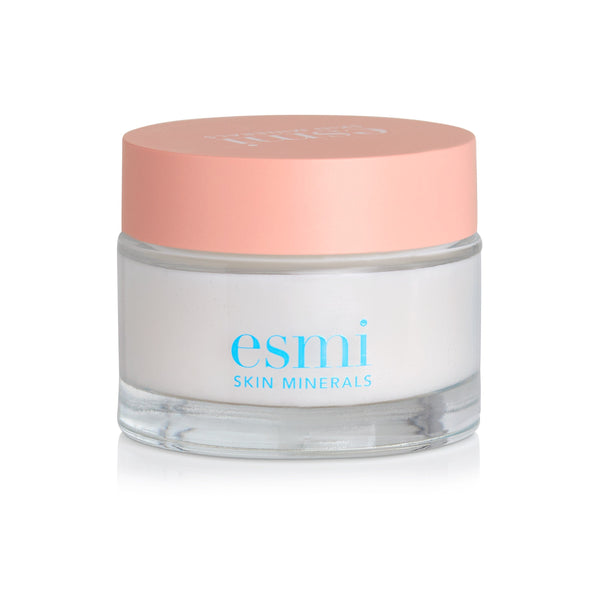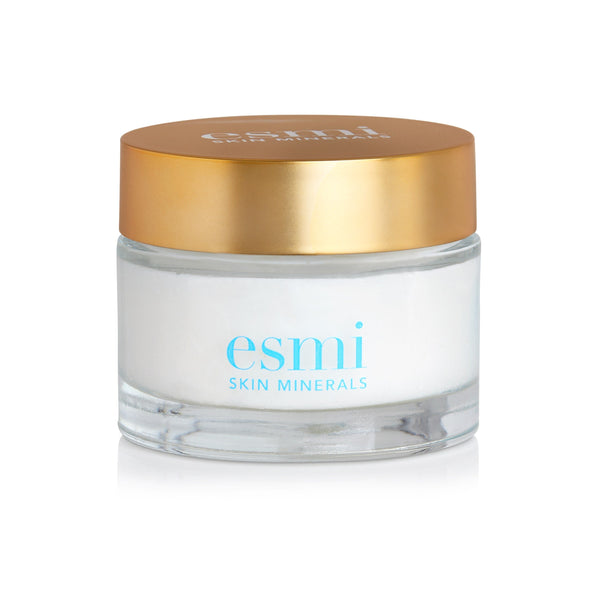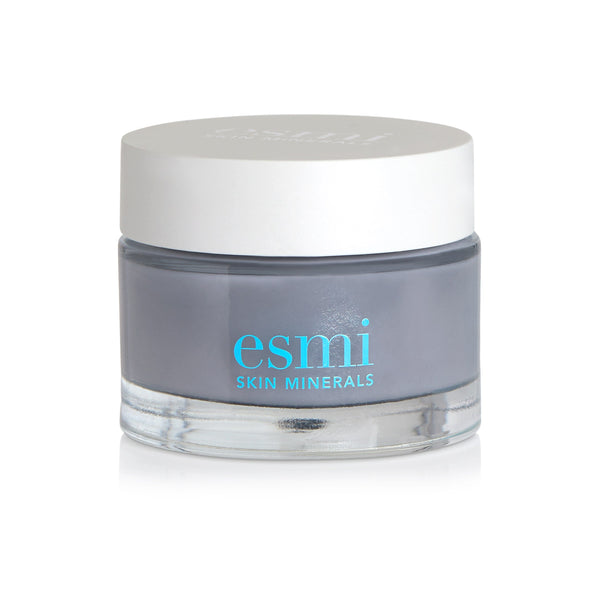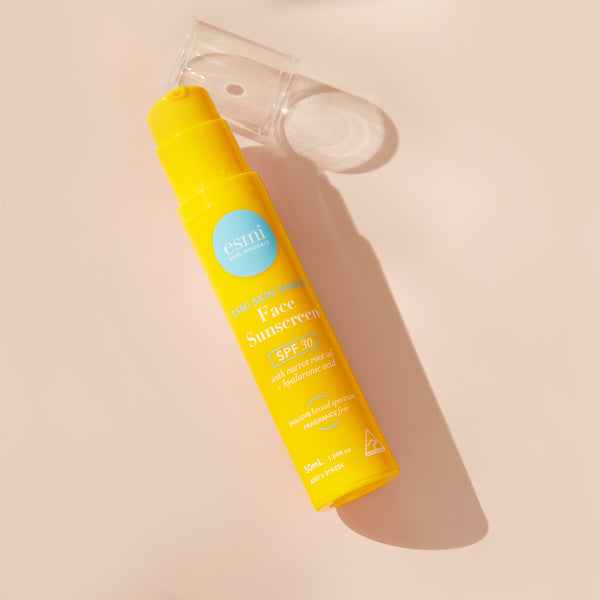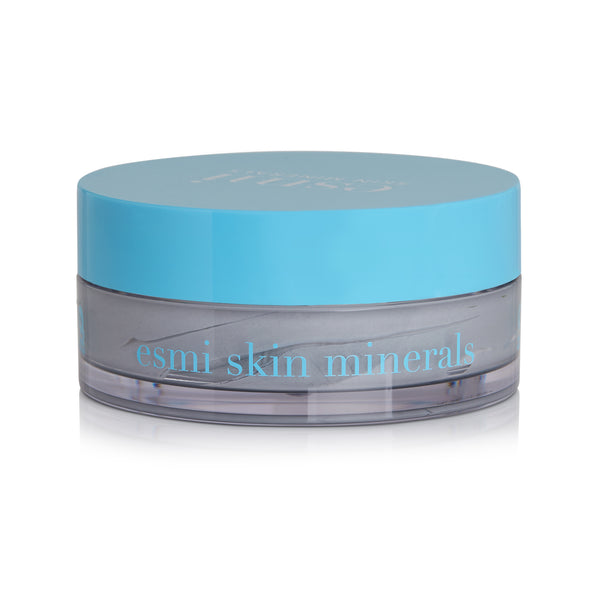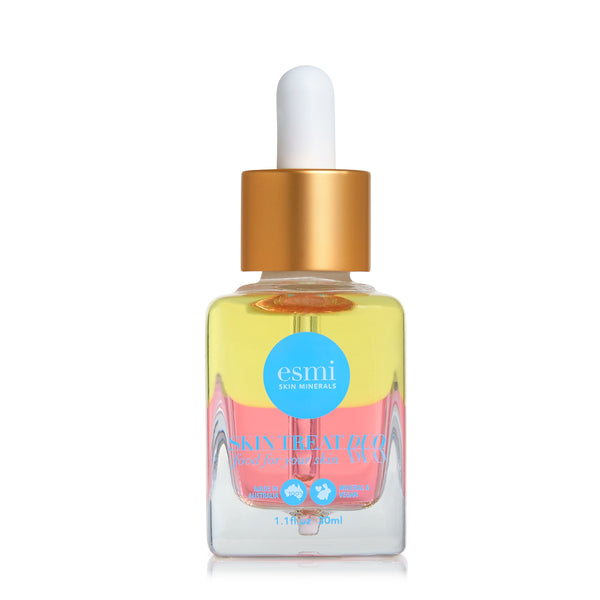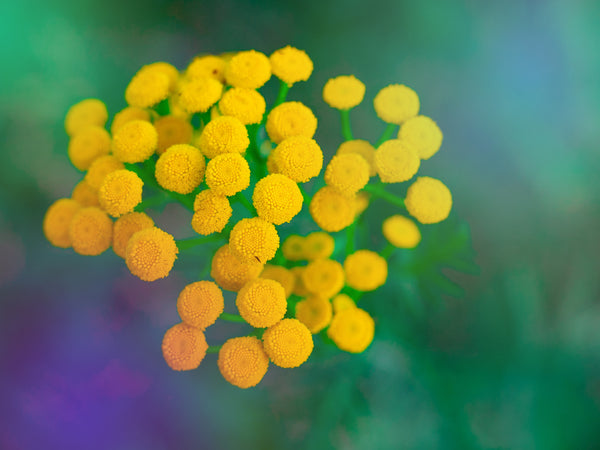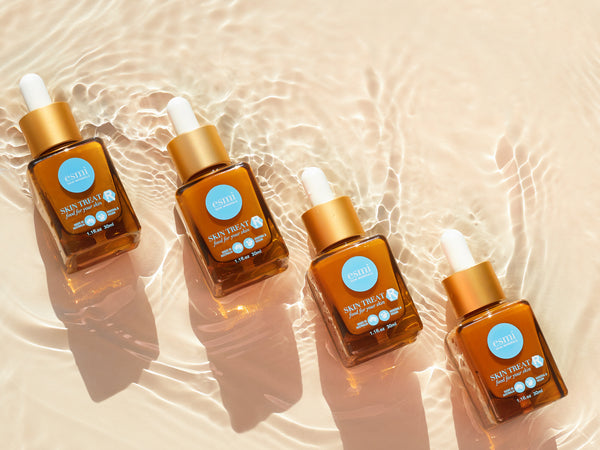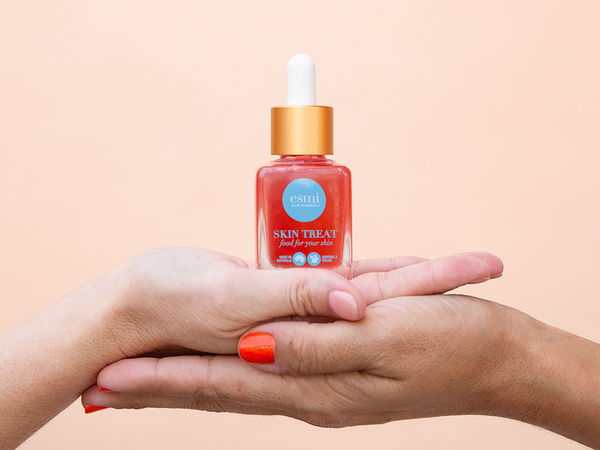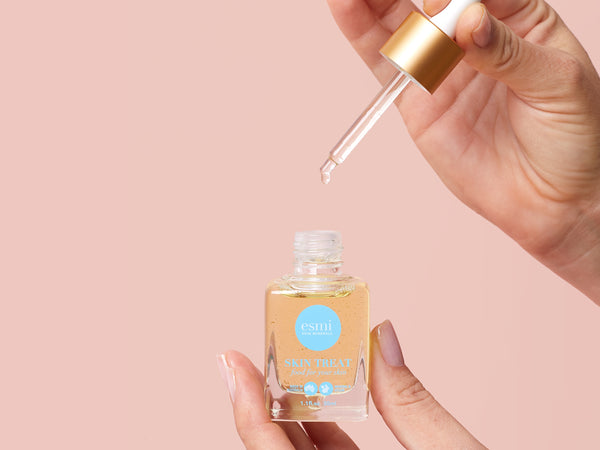Want to know how to get glowing skin? It’s all about taking a holistic approach to skin care. What you eat, drink, the skincare products you use and lifestyle factors all contribute to a glowing skin routine.
Everyday routine for glowing Skin
Your daily routine for glowing skin starts with what you put in your mouth!
Loading your plate with skin friendly foods and drinking hydrating liquids is vital for glowing skin.
Regular exercise plays a big role in skin health too. It improves blood circulation and gets more oxygen to the skin which helps give it a healthy glow.
Then, of course, there’s skincare! Below we’ve detailed a daily 4 step skincare routine to get glowing skin. Plus, how you can treat yourself to a weekly indulgence and turn up the glow.
Step 1: Cleanse
Cleansing is the basis for every glowing skin routine.
It refreshes your skin removing excess oil, makeup, dead skin cells, SPF, pollution particles, and other debris.
Without cleansing your skin, this debris builds up on the surface of your skin and can lead to blocked pores resulting in congestion and acne. You may also find skin develops a rougher texture and becomes dull if you’re not cleansing properly.
The effect of pollution is also problematic for skin. Toxic nanoparticles of smog and other air pollution can settle onto your face during the day. Without washing them away in the evening, these particles can trigger free radical activity that accelerates the signs of ageing.
A clean canvas also allows other skincare products and their ingredients to better penetrate your skin. You maximise their benefits!
How often should you cleanse?
Cleansing should be part of both your morning and evening routine. We recommend a double cleanse in the evening to remove all traces of build up for deeply cleansed pores.
Consider using a textured microfibre face cleansing mitt with your cleanser. Microfibre helps eliminate 80% more dirt, makeup and product residue than a regular face washer!
What ingredients to look for in a cleanser
No matter your skin type or concerns, a gentle cleanser is the way to go. Gentle formulations cleanse your skin and leave it balanced and supple not strip of the oils and moisture it needs.
A few gentle yet effective ingredients for cleansing formulations include;
- Aloe vera: Containing mostly (95%) water, aloe vera is hydrating and calming for skin. It also has excellent cleansing and very gentle exfoliant properties.
- Green tea extract: Brimming with antioxidant activity, Green tea is also an anti-inflammatory with the ability to soothe and calm redness.
- Stearic acid: Helps cleanse debris from the skin while its emollient properties protect skin's surface against water loss.
- Capric triglyceride: Helps to reduce skin dryness by minimising moisture loss by creating a barrier on the skin's surface.
We recommend The Uncomplicated Cleanser (All skin types)
Infused with aloe vera to calm and heal and the protective, antioxidant properties of camellia leaf (green tea) extract the cleanser balances skin and won’t leave it dry or tight, just clean, calm, and supple. Perfect for all skin types and concerns, The Uncomplicated Cleanser works gently but deeply to lift away dirt and foundation without stripping away the oils and good bacteria essential for healthy, balanced skin.
Step 2: Hydrate
Wondering how to get glowing skin? Hydration, hydration, hydration.
H2O helps your skin by improving elasticity, regulating oil production, flushing toxins, and increasing skin radiance.
Dehydration occurs when the skin barrier, the protective uppermost layer of the skin known as the stratum corneum, lacks moisture.
Signs your skin is dehydrated can include tightness, dryness, sensitivity, dullness, and congestion.
Several factors can contribute to depleting the water content in your skin. Changes in the weather, using the wrong skincare, lifestyle choice (excessive alcohol consumption/smoking for example), diet, and other environmental factors.
To combat dehydration for all skin types, the skin cell’s water content needs to be replenished.
Serums vs Moisturisers
There is a difference between ‘hydrating’ and ‘moisturising’ ingredients - both share the same goal (to improve the skin’s water content) but go about it differently.
Hydrating ingredients (known as humectants) attract water to the deeper layers of skin and rehydrate cells from the inside out. Moisturising ingredients (emollients and occlusives) work to lock the hydration into the skin.
This means a two step approach is needed in your glowing skin routine to achieve the best results.
- 1) Serum: Get water to thirsty skin cells to rehydrate and replenish.
Serums are water-based formulations and have a smaller molecular structure than moisturisers. This allows them to provide an intense hit of hydration - carrying hydrating ingredients deep within the skin.
- 2) Moisturiser: Seal the water in to prevent it from escaping off the skin.
Moisturisers don’t penetrate the skin as deeply, instead, they sit on top of the skin to trap moisture in.
What ingredients to look for in a hydrating serum
Hyaluronic acid: One of the best ingredients to look for in a hydrating serum is hyaluronic acid. It draws water to the cells and can hold up to 1000x its weight in water.
Allantoin: An extract from the comfrey plant, allantoin’s properties can increase the water contents of cells. It has the added benefit of acting as an emollient to keep skin moisturised.
Niacinamide (Vitamin B3): Effective at restoring the skin barrier to guard against moisture loss and dehydration.
How often should you use a hydrating serum?
You can use a hydrating serum in both your morning and evening routine. Apply it as the next step after cleansing and before your moisturiser. Gently pat the serum into the skin with your fingers.
We recommend: Hyaluronic Hydrating Serum (all skin types)
The esmi Hyaluronic Hydrating Serum is like a big drink of water for your cells containing triple action Hyaluron which increases hydration by 25% within 2 hours. The hydrating serum contains niacinamide (Vitamin B3) for skin repair, restoration and to regulate oil flow which in turn aids in breakout prevention. It also contains allantoin to promote cell longevity.
Hydration and your diet
How to get glowing skin naturally? Keeping your skin hydrated isn’t only about using the right skincare products. Including water-rich foods in your diet and drinking hydrating fluids is crucial to get glowing skin.
Foods with high water content include cucumber, tomatoes, watermelon, spinach, oranges, and mushrooms. Sip on plain water, coconut water, and water flavoured with real fruit pieces to keep hydration levels up.
Step 3: Moisturise
As we mentioned above, the moisturising step helps lock moisture into the skin. It also delivers antioxidant support and strengthens the skin barrier.
When we talk about how to get glowing skin and the role moisturiser plays, don’t think creams are your only option! Oil based moisturisers are an excellent choice for many skin types and concerns.
How an energising serum works
Or, you could opt for an energising serum - a hybrid combination of a serum and an oil. The serum component of the formulation delivers active ingredients deep into the skin while the oil offers moisturising benefits. Best of both worlds!
How often should you use an energising serum?
You can use an energising serum in both your morning and evening routine. Apply it as the next step after your hydrating serum and before SPF. Gently pat the serum into the skin with your fingers.
We recommend: Sunrise Skin Energising Acai Duo (all skin types)
Help brighten, tone and moisturise tired skin with the intensity of a water-based serum and moisturising benefits of an oil.
The serum component contains Kakadu Plum extract - nature’s highest level of vitamin C - to help brighten skin and aid in collagen production for a firmer, smoother tone while niacinamide aids in repair and breakout prevention.
The oil component contains Acai oil which offers moisture increasing benefits and helps address ageing concerns.
Step 4: Sun protection
Our guide on how to get glowing skin wouldn’t be complete without including daily SPF protection. When it comes to signs of premature ageing, the sun is your skin’s number 1 enemy and SPF is your skin-saving staple.
Both UV and UVB rays damage the skin but go about it in different ways. UVB are shorter rays that affect the surface of the skin; causing the visible redness and pain that comes with sunburn. They can also result in skin cancer, including melanoma.
UVA rays, on the other hand, are longer and reach deep into the layers of skin. Causing damage to collagen and elastin, UVA rays are responsible for accelerating the signs of ageing - wrinkles, fine lines, and sagging. They can also trigger hyperpigmentation.
What to look for in a sunscreen
The key is to choose a broad spectrum sunscreen which protects from both UVA and UVB rays. If a sunscreen isn’t broad spectrum, it only protects your skin from UVB rays. The SPF (sun protection factor) rating is also important.
An SPF rating of 15+ or higher is recommended by The Skin Cancer Foundation for daily use and 30+ if you’re spending the day outdoors.
Choosing a sunscreen that works with makeup
Your best bet when looking for sunscreen to wear under makeup? Go for a formulation that is lightweight and non-comedogenic - meaning it won’t clog pores.
Some SPF creams can be heavy, greasy, and packed with mineral oil. This increases the risk of congestion and can cause makeup to ‘slide’ off your skin.
Don’t rule out oil in your sunscreen entirely though, some oils are very beneficial. For example, we use carrot root oil in our Skin Shield Natural Sunscreen SPF30 to help tone and tighten skin.
We also suggest making mineral makeup your friend. It allows the skin to breathe and contains natural SPF too. You get the bonus of added sun protection as you layer your cosmetics and skincare.
We recommend: Skin Shield Natural Sunscreen SPF 30 (all skin types)
Comfortable, non-greasy broad-spectrum SPF 30 coverage for all skin types, especially sensitive skin. Skin Shield Natural Face Sunscreen is easy-to-apply and enriched with antioxidant protection of carrot root oil, hyaluronic acid, and green tea to help support hydrated, smoother skin.
Weekly skin treatments to refresh & revitalise
How to get glowing skin and indulge in a little self care at the same time? By refreshing and revitalising your skin with weekly treatments.
Exfoliation and face mask treatments
A face mask is ideal to help target specific skin concerns including congestion, dullness, dryness, hyperpigmentation, and ageing concerns.
Whether you choose a face mask treatment to leave on overnight or a quick 10 minute treatment, your skin can benefit. All skin types can benefit from different types of exfoliation too.
We recommend introducing weekly mask and exfoliation treatments into your routine one at a time. Targeted treatments usually contain a stronger dose of active ingredients which your skin may need time to adjust to. Basically, you don’t want to overwhelm the skin, especially using products with exfoliation properties.
We recommend: Soft Skin Refining Charcoal Clay Booster Mask
The mild exfoliation action of kaolin clay is kind to sensitive and breakout-prone skin, it helps to soothe and aid in balancing oil production while deeply cleansing to remove impurities. Bentonite clay helps lift away dead skin cells and assists with pore purification for a touchably soft, glowing complexion.
We recommend: Detoxifying Exfoliating Charcoal Serum
An exfoliating charcoal serum with gentle chemical exfoliation properties to help detox and purify congested skin to promote a clearer, smoother complexion.
Ideal for most skin types tackling blackheads, acne, and underlying skin congestion to help draw out impurities and unclog pores for smoother looking skin.
Turn your treatments into self care
Why not turn your weekly skincare treatments into a self-care practice? Instead of rushing through the motions, slow down and pay attention to each step.
Enjoy the texture and fragrance of the products and the way they feel on your skin.
Listening to relaxing music or burning an aromatic candle while you go through your skincare routine will also boost the indulgence factor!

